Buttermilk cornbread: just the name conjures up images of cozy kitchens, crackling fireplaces, and the comforting aroma of something warm and delicious baking in the oven. Have you ever bitten into a slice of perfectly moist and slightly sweet cornbread, the kind that practically melts in your mouth? If not, you’re in for a treat! This isn’t just any cornbread; it’s a journey back to simpler times, a taste of Southern hospitality, and a guaranteed crowd-pleaser.
Cornbread, in its various forms, has been a staple in American cuisine for centuries, tracing its roots back to Native American traditions. Indigenous peoples cultivated corn and developed ingenious ways to transform it into nourishing food. As European settlers arrived, they adapted these methods, and cornbread became a cornerstone of Southern cooking. The addition of buttermilk, a byproduct of churning butter, added a tangy richness and incredible tenderness to the crumb, elevating it to a whole new level of deliciousness.
What makes buttermilk cornbread so irresistible? It’s the perfect balance of textures a slightly crisp exterior giving way to a soft, moist interior. The subtle sweetness of the cornmeal is beautifully complemented by the tang of the buttermilk, creating a flavor profile that’s both comforting and satisfying. It’s incredibly versatile too! Enjoy it warm with a pat of butter, crumble it into chili, or serve it alongside your favorite barbecue. No matter how you choose to enjoy it, this recipe is sure to become a family favorite. I can’t wait to share my tried-and-true recipe with you!
Ingredients:
- 1 cup all-purpose flour
- 1 cup yellow cornmeal, preferably stone-ground
- 1 teaspoon baking soda
- 1 teaspoon baking powder
- 1/2 teaspoon salt
- 1/4 cup granulated sugar
- 1 large egg, lightly beaten
- 1 1/2 cups buttermilk
- 1/4 cup unsalted butter, melted, plus extra for greasing the pan
Preparing the Cornbread Batter
Okay, let’s get started! This buttermilk cornbread is seriously the best. It’s moist, slightly sweet, and has that perfect crumbly texture. The key is using good quality cornmeal and not overmixing the batter.
- Preheat your oven and prepare your pan: First things first, preheat your oven to 400°F (200°C). While the oven is heating up, grease an 8-inch square baking pan (or a 9-inch round cake pan) really well with butter. You can also use cooking spray if you prefer, but I find that butter gives the cornbread a nicer crust. Make sure you get into all the corners!
- Combine the dry ingredients: In a large bowl, whisk together the flour, cornmeal, baking soda, baking powder, salt, and sugar. Whisking is important here to make sure everything is evenly distributed. This helps the cornbread rise properly and prevents any pockets of baking soda or powder.
- Combine the wet ingredients: In a separate bowl, whisk together the egg, buttermilk, and melted butter. Make sure your butter isn’t too hot, or it might cook the egg! You want it just melted and slightly cooled.
- Combine wet and dry ingredients: Now, pour the wet ingredients into the dry ingredients. Gently stir until just combined. Do not overmix! A few lumps are perfectly fine. Overmixing will develop the gluten in the flour, resulting in a tough cornbread, and we definitely don’t want that. We’re aiming for a tender, crumbly texture.
Baking the Cornbread
Now comes the fun part baking! This is where the magic happens, and your kitchen will start to smell amazing.
- Pour the batter into the prepared pan: Pour the batter into your prepared baking pan, spreading it evenly. If you want, you can drizzle a little extra melted butter over the top for an even richer flavor and a golden-brown crust.
- Bake the cornbread: Bake for 20-25 minutes, or until a wooden skewer inserted into the center comes out clean. The cornbread should be golden brown on top and slightly pulling away from the sides of the pan. Keep a close eye on it, as baking times can vary depending on your oven.
- Cool slightly before serving: Let the cornbread cool in the pan for about 10 minutes before cutting and serving. This allows it to set up a bit and makes it easier to slice.
Tips and Variations
This cornbread is delicious as is, but here are a few ideas to customize it to your liking:
- Add some heat: For a spicy kick, add 1/2 cup of chopped jalapeños to the batter. Make sure to remove the seeds if you don’t want it too spicy!
- Make it cheesy: Stir in 1 cup of shredded cheddar cheese or Monterey Jack cheese into the batter. This adds a lovely cheesy flavor and texture.
- Sweeten it up: If you prefer a sweeter cornbread, increase the sugar to 1/3 cup or even 1/2 cup. You can also add a tablespoon of honey or maple syrup for extra flavor.
- Use different flours: Experiment with different types of flour, such as whole wheat flour or spelt flour. Just keep in mind that this may affect the texture of the cornbread.
- Add herbs: Fresh herbs like rosemary, thyme, or sage can add a savory touch to your cornbread. Add about 1-2 tablespoons of chopped herbs to the batter.
- Bacon bits: Everything is better with bacon! Add 1/2 cup of cooked and crumbled bacon to the batter for a smoky, savory flavor.
- Make it gluten-free: Use a gluten-free all-purpose flour blend to make this cornbread gluten-free.
- Serve with honey butter: For an extra special treat, serve the cornbread with honey butter. Simply mix together softened butter with honey to taste.
Serving Suggestions
This buttermilk cornbread is incredibly versatile and goes well with so many different dishes. Here are a few of my favorite ways to serve it:
- With chili: Cornbread and chili are a classic combination! The slightly sweet cornbread complements the spicy chili perfectly.
- With barbecue: Serve it alongside your favorite barbecue dishes, such as pulled pork, ribs, or brisket.
- With soup: Cornbread is a great accompaniment to soups, especially creamy soups like tomato soup or butternut squash soup.
- With greens: Serve it with collard greens, mustard greens, or turnip greens for a Southern-inspired meal.
- For breakfast: Enjoy a slice of cornbread with butter and honey for a satisfying breakfast.
- As a side dish: Serve it as a side dish with any meal that needs a little something extra.
Storing Leftovers
If you happen to have any leftover cornbread (which is rare in my house!), you can store it in an airtight container at room temperature for up to 2 days. For longer storage, you can wrap it tightly in plastic wrap and freeze it for up to 2 months. To reheat frozen cornbread, thaw it overnight in the refrigerator and then warm it in the oven or microwave.
Why Buttermilk?
You might be wondering why buttermilk is so important in this recipe. Buttermilk adds a tangy flavor and helps to tenderize the cornbread. The acidity in the buttermilk reacts with the baking soda, creating carbon dioxide, which helps the cornbread rise. If you don’t have buttermilk on hand, you can make a substitute by adding 1 tablespoon of lemon juice or white vinegar to 1 cup of milk. Let it sit for 5 minutes, and then use it in the recipe.
Choosing the Right Cornmeal
The type of cornmeal you use can also affect the texture and flavor of your cornbread. I prefer to use stone-ground cornmeal, which has a coarser texture and a more pronounced corn flavor. However, you can also use regular cornmeal if that’s what you have on hand. Just be aware that the texture of the cornbread may be slightly different.
Troubleshooting
Sometimes, things don’t go exactly as planned in the kitchen. Here are a few common problems you might encounter when making cornbread and how to fix them:
- Cornbread is too dry: This could be due to overbaking or using too much flour. Make sure to measure your ingredients accurately and don’t overbake the cornbread. You can also add a little extra buttermilk to the batter to make it more moist.
- Cornbread is too dense: This could be due to overmixing the batter or using old baking powder or baking soda. Make sure to use fresh baking powder and baking soda and don’t overmix the batter.
- Cornbread is too crumbly: This could be due to using too little fat or overbaking. Make sure to use the correct amount of butter and don’t overbake the cornbread.
- Cornbread is not rising: This could be due to using old baking powder or baking soda or not preheating the oven properly. Make sure to use fresh baking powder and baking soda and preheat the oven to the correct temperature.
Enjoy!
I hope you enjoy this recipe for buttermilk cornbread as much as I do! It’s a simple, comforting dish that’s perfect for any occasion. Don’t be afraid to experiment with different variations and make it your own. Happy baking!
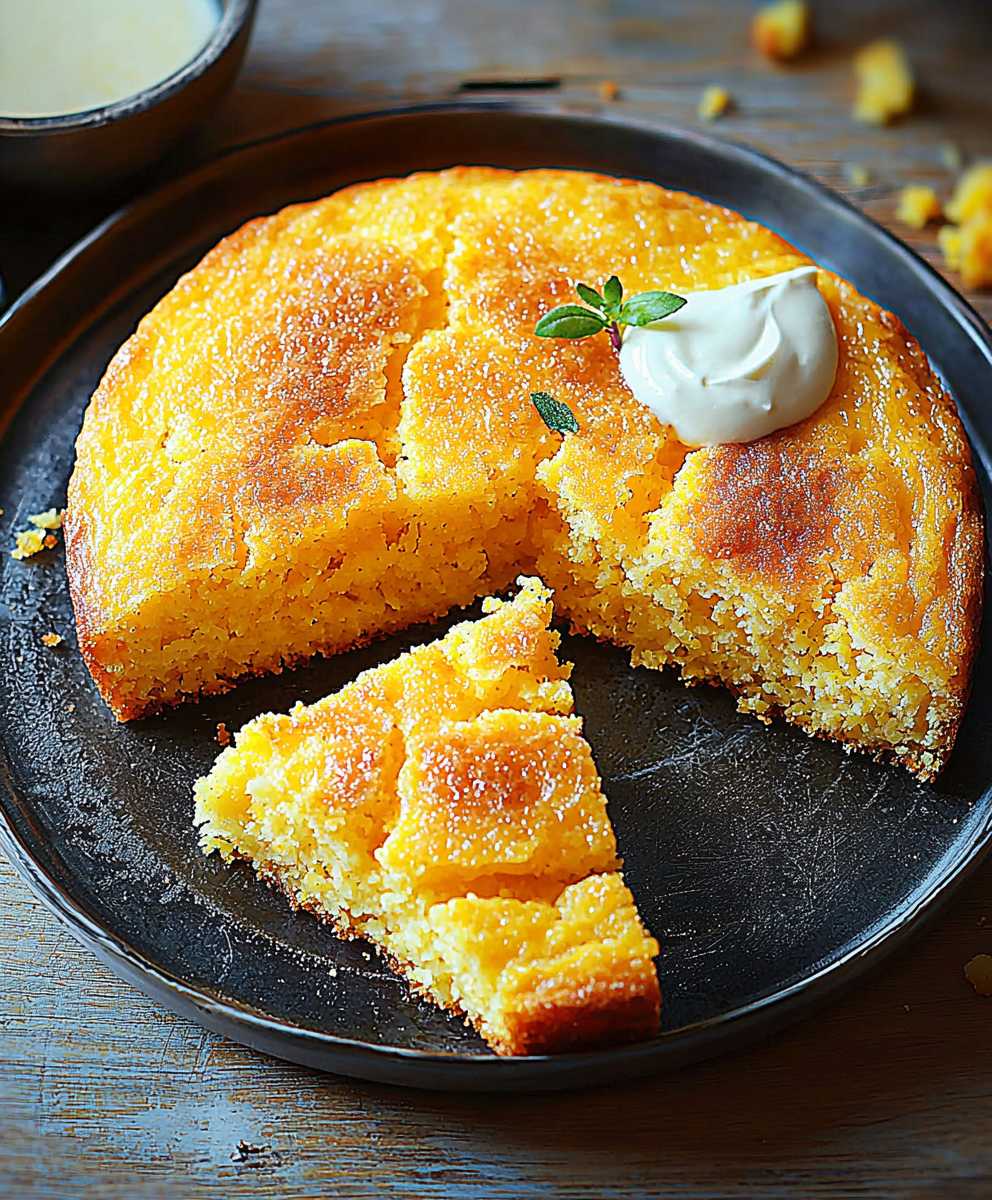
Conclusion:
And there you have it! This buttermilk cornbread recipe is truly a must-try, and I’m not just saying that. It’s the perfect balance of sweet and savory, with a moist, tender crumb that practically melts in your mouth. Forget dry, crumbly cornbread this recipe delivers a texture that’s simply divine. The subtle tang of the buttermilk elevates the flavor profile, creating a cornbread experience that’s far beyond ordinary.
But why is it a must-try, you ask? Because it’s incredibly versatile! It’s the ideal accompaniment to a hearty bowl of chili on a cold winter evening, a delicious side dish for your summer barbecue, or even a satisfying snack on its own. It’s also surprisingly easy to make, requiring minimal effort and readily available ingredients. Even if you’re a novice baker, you can confidently whip up a batch of this incredible cornbread and impress your family and friends.
Beyond its inherent deliciousness, this recipe offers endless possibilities for customization. Feeling adventurous? Try adding a handful of chopped jalapeños for a spicy kick. A sprinkle of shredded cheddar cheese before baking adds a savory depth that’s simply irresistible. For a sweeter twist, consider incorporating a tablespoon or two of honey or maple syrup into the batter. You could even experiment with different types of cornmeal, such as stone-ground for a more rustic texture or blue cornmeal for a vibrant color and slightly nutty flavor.
Serving suggestions are plentiful! As I mentioned, it’s fantastic with chili, stews, and barbecued meats. But don’t limit yourself! Crumble it over salads for a delightful textural contrast, or serve it alongside scrambled eggs for a comforting breakfast. Leftover cornbread can even be transformed into delicious croutons or used as a base for a savory bread pudding. The possibilities are truly endless!
I’ve personally made this buttermilk cornbread countless times, and it’s always a crowd-pleaser. I’ve tweaked and perfected the recipe over the years to ensure it’s foolproof and consistently delivers exceptional results. I’m confident that you’ll love it just as much as I do.
So, what are you waiting for? Gather your ingredients, preheat your oven, and get ready to experience the best cornbread you’ve ever tasted. I truly believe this recipe will become a staple in your kitchen, a go-to dish for any occasion.
I’m incredibly excited for you to try this recipe and discover the magic of homemade buttermilk cornbread. Once you’ve baked your first batch, I’d absolutely love to hear about your experience! Did you make any variations? What did you serve it with? Share your photos and stories in the comments below. Your feedback is invaluable, and I’m always eager to learn from your culinary adventures. Happy baking, and enjoy every delicious bite!
Buttermilk Cornbread: The Ultimate Guide to Perfect, Moist Cornbread
A Southern classic! This cornbread is moist, tender, and slightly tangy thanks to buttermilk. Perfect as a side dish or crumbled into chili.
Ingredients
- 1 cup yellow cornmeal
- 1 cup all-purpose flour
- 1 teaspoon baking soda
- 1 teaspoon salt
- 1 cup buttermilk
- 1/4 cup vegetable oil
- 1 large egg
Instructions
- Preheat oven to 400°F (200°C).
- Grease an 8-inch square baking pan.
- In a large bowl, whisk together cornmeal, flour, sugar, baking powder, baking soda, and salt.
- In a separate bowl, whisk together buttermilk, eggs, and melted butter.
- Pour the wet ingredients into the dry ingredients and stir until just combined. Do not overmix.
- Pour the batter into the prepared baking pan.
- Bake for 20-25 minutes, or until a wooden skewer inserted into the center comes out clean.
- Let cool slightly before serving.
Notes
- For best results, use fresh buttermilk.
- If you don’t have buttermilk, you can make a substitute by adding 1 tablespoon of white vinegar or lemon juice to 1 cup of milk. Let it sit for 5 minutes before using.
- You can add other ingredients to the batter, such as chopped jalapeños, corn kernels, or shredded cheese.
- To prevent the cornbread from sticking to the pan, grease the pan well with butter or shortening.
- The cornbread is done when a toothpick inserted into the center comes out clean.
“`
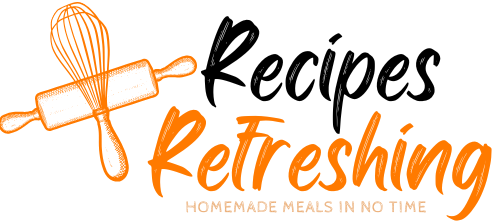
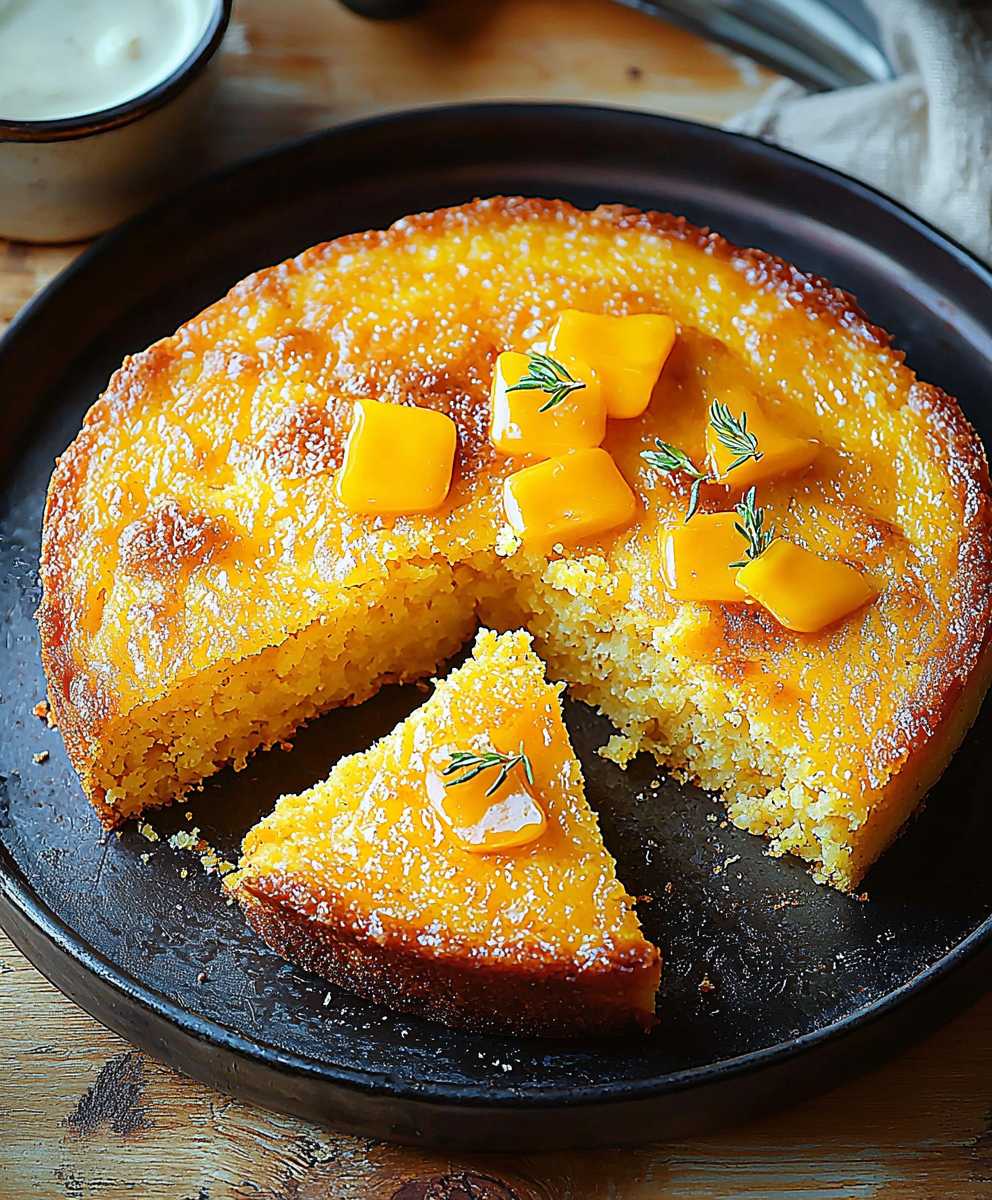

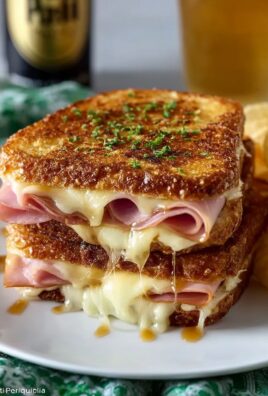
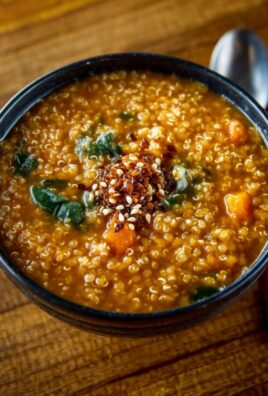
Leave a Comment